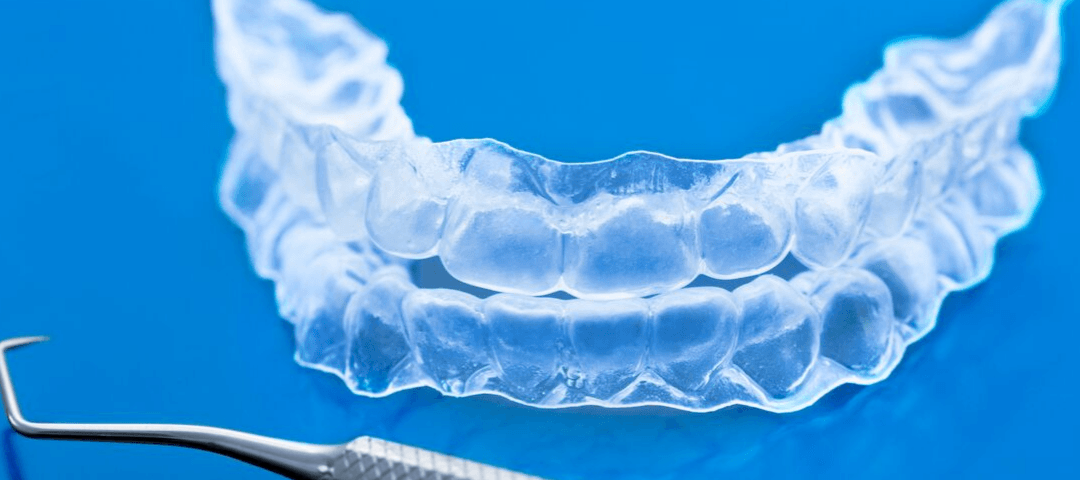If you think about it the teeth are able to handle quite a bit. Actually, tooth enamel is the most durable substance within your body, made up of 96% minerals. According to the Mohs scale, which evaluates the durability of minerals by their resistance to scratching teeth, tooth enamel (at 5) is approximately as tough as turquoise, and substantially more durable than gold and silver. But the enamel of your teeth isn’t impervious to damage. Broken or fractured teeth can be extremely uncomfortable and painful, and require assistance from a Best Cosmetic Dentist.
What are the symptoms of Cracked or split Teeth?
The sharp pain shooting through your mouth is an indication that you’ve broken teeth. If chomping down on food causes immediate pain that goes away shortly following, this could be an indication of a fracture. Additionally, the sensitivity to hot or very cold food can be a sign of a crack, as the inside of the tooth isn’t intended to be exposed to these temperatures.
What Can I Do to Fix a Broken Tooth?
The most important thing to do in the case of a broken or broken tooth is to have it repaired as soon as you can. If you don’t treat it untreated, cracks in the tooth’s enamel could become much more severe. The nerves that lie inside the tissue of the tooth, collectively called the pulp are susceptible to irreparable injury and chronic pain when left untreated for a long period of time. More importantly, a fracture could allow bacteria to enter the tooth, leading to an infection referred to as a dental abscess. If you suffer from dental abscess the pus-filled collection is formed inside the gums, tooth, or jaw bone.
How can Dentists Repair Teeth that are cracked and split?
Finding a clear image of a broken or cracked tooth is the top priority for your dentist, simply so they know the issue they’re facing. Full-mouth panoramic x-rays, also known as local periapical X-rays are used for exams. After that, based on the severity, type, and location of the damaged area, treatment may start. The type of treatment that a tooth will receive is contingent on the specific way in which the tooth is damaged.
- Fractured Cusp: If the tooth’s chewing surface is broken off, it’s known as the fractured cusp. It is the smallest amount of damage that can be experienced by broken teeth, since the layers inside aren’t affected, and there isn’t as much discomfort. Your dentist could recommend an amalgam filling or even a new crown to address the issue.
- Cracked tooth Vertical crack that extends vertically from the chewing surface until the inside of the teeth. A damaged tooth is able to be repaired with an endodontic canal and crown, however only if the fracture doesn’t extend beneath the gum line. If the tooth’s crack is larger than the gum line it is likely that it will require extraction.
- Split Tooth: In terms of dental the term “split tooth” refers to caused by a crack completely splitting a tooth into different segments. This is often the case when the tooth that has been damaged is not treated, and it gets worse over time. Based on the severity of the crack, a portion of the tooth might be saved via the root canal.
The treatment of a damaged tooth is essential to prevent it from becoming worse. Being proactive and speaking to the dentist immediately when you discover something is not right increases the chances that the tooth will be repaired to its original function, i.e. normal chewing. But, teeth won’t heal, just like scrapes and cuts on the skin. Keep this in mind when you care for your teeth. Do not attempt to chew on hard foods with sensitive teeth. Also, do not use the mouth for opening bags or bottles, and speak to your dentist if you think you’re grinding your teeth late at night.
Here at Best Cosmetic Dentist San Diego, Dr. Weston, and his teams are experts at treating broken and cracked teeth. We also provide emergency dental services to deal with injuries that affect our dental health. If your teeth are in need of immediate restoration as well as regular cleaning, give us an appointment today and we’ll help begin the process.




